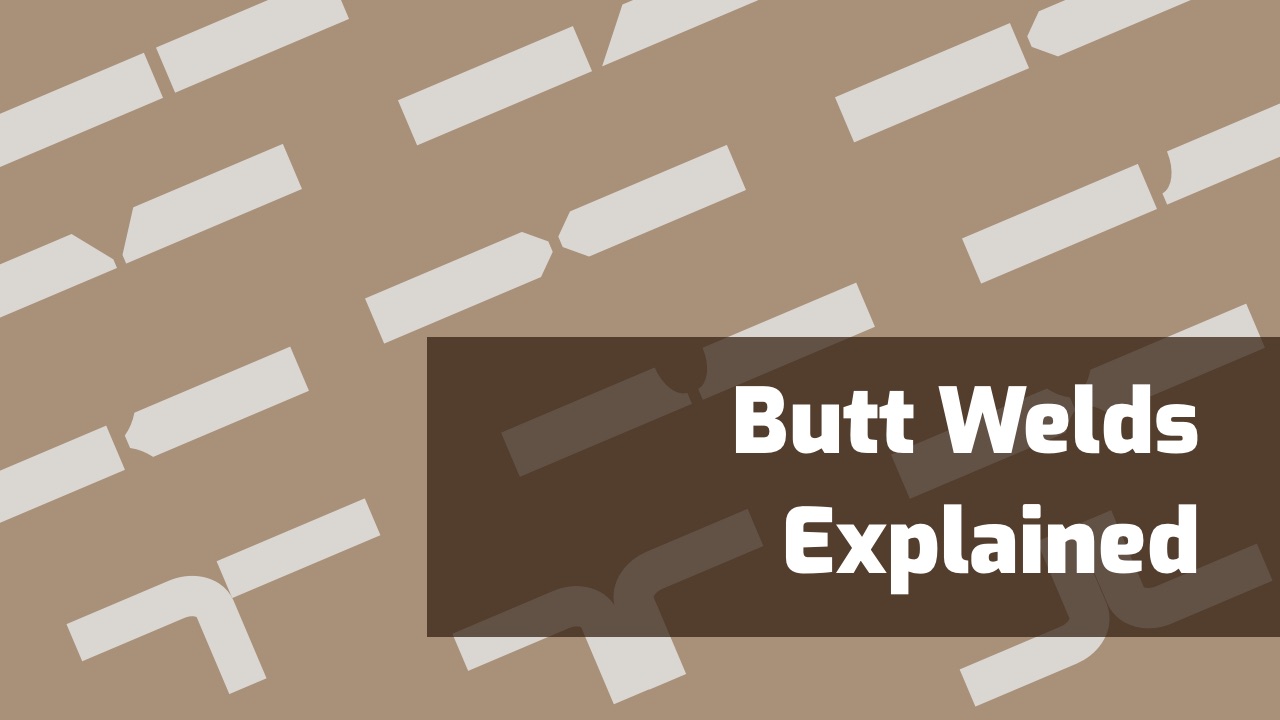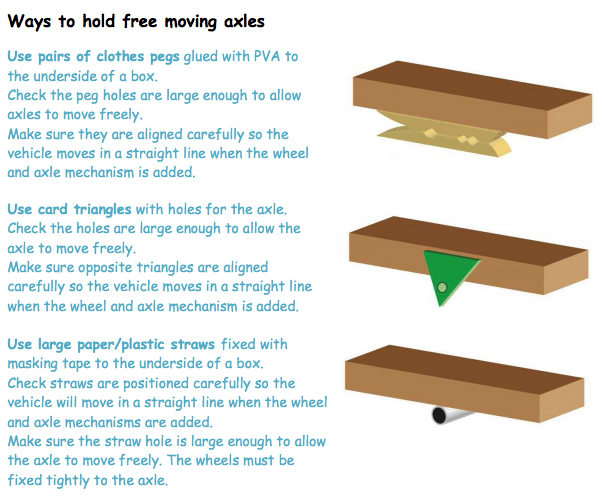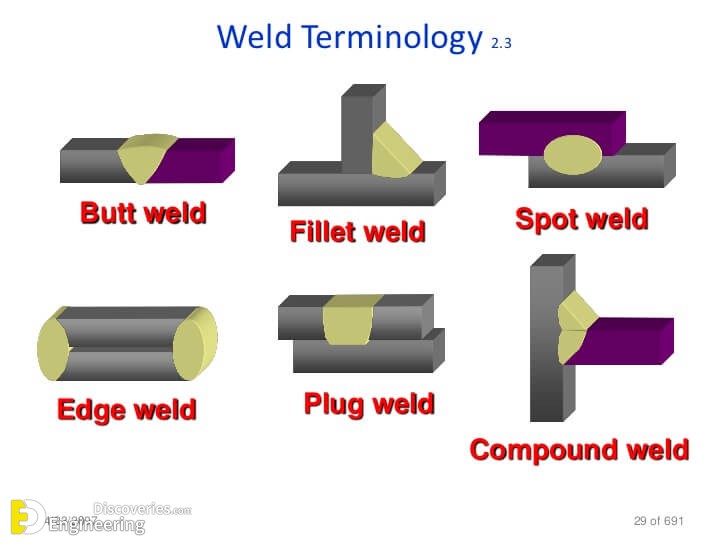A lap joint is a type of mechanical joint that is commonly used in the construction of various structures, including automobiles, aircraft, and buildings. It is created by overlapping two components and fastening them together with bolts, screws, or welding. While lap joints offer a number of advantages, they also have some disadvantages that should be considered.
One advantage of lap joints is their simplicity and ease of fabrication. They can be created quickly and with minimal equipment, making them a cost-effective choice for many applications. Lap joints are also highly versatile, as they can be used to join a wide range of materials, including metals, plastics, and composites.
Another advantage of lap joints is their ability to transmit shear loads. When two components are joined at a lap joint, they can resist shear forces acting on them, such as those caused by wind or earthquakes. This makes lap joints a good choice for use in structural applications where strength and stability are important.
However, lap joints also have some disadvantages that should be considered. One disadvantage is their relatively low strength in tension. When subjected to tensile forces, lap joints can fail due to the separation of the overlapped components. This can be mitigated by using larger overlaps or adding reinforcement, but these measures can add cost and complexity to the design.
Another disadvantage of lap joints is their susceptibility to fatigue failure. When subjected to repeated loading, lap joints can experience cracks that grow over time and ultimately lead to failure. This can be a concern in applications where the joint will be subjected to frequent loading, such as in aircraft or heavy machinery.
In conclusion, lap joints are a simple and versatile method of joining two components. They are easy to fabricate and can transmit shear loads effectively, but their relatively low strength in tension and susceptibility to fatigue failure should be considered when choosing them for a particular application.








